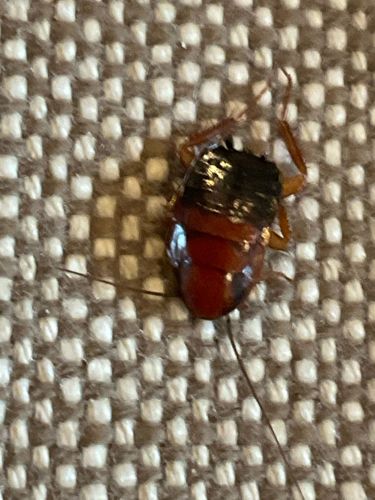Cockroach
Scientific Name: Periplaneta americana (American Cockroach)
Order & Family: Blattodea, Blattidae
Size: 35-50 mm (1.4-2.0 inches) for adults, making it one of the largest cockroach species.

Natural Habitat
Warm, humid, and dark places, often found in basements, sewers, drains, kitchens, and bathrooms, and can infest homes and commercial buildings.
Diet & Feeding
Omnivorous scavengers; they eat almost anything, including decaying organic matter, human food, pet food, paper, fabric, and even other insects.
Behavior Patterns
Nocturnal; active at night searching for food and water. They are fast runners and can fly short distances when disturbed, though they prefer to run. They reproduce quickly, with females laying egg cases (oothecae) containing multiple eggs. They often hide in cracks and crevices during the day.
Risks & Benefits
Risks: Can be a pest, spreading bacteria (like Salmonella and E. coli) and other pathogens that cause food poisoning, dysentery, diarrhea, and other illnesses. Their discarded exoskeletons and droppings can trigger allergies and asthma attacks in sensitive individuals. They can contaminate food and surfaces. \nBenefits: In natural ecosystems, they play a role as decomposers, breaking down organic waste.
Identified on: 9/4/2025